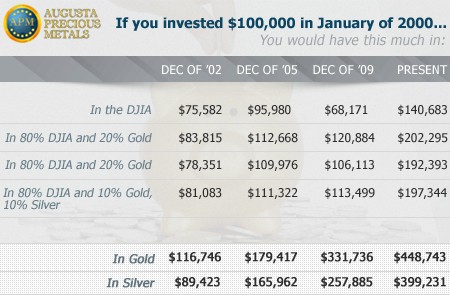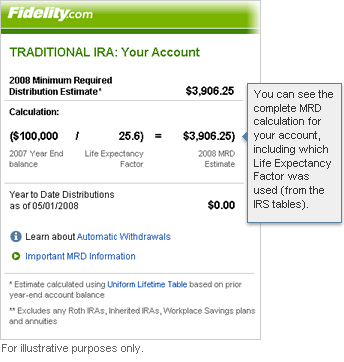Choose Investments for Your Roth IRA
Post on: 14 Июнь, 2015 No Comment

January 17, 2011
Making the decision to open a Roth IRA is just the first step toward a secure financial future. After you open an account you will need to make investment selections. Do you want to invest in mutual funds? Individual stocks and bonds? Certificates of deposit. Today we’ll dig in together on which options you might consider.
Three Types of Investment to Consider
There are three primary types of investments that should be available from your Roth IRA provider:
- Investments in the stock market
- Investments in the bond market
- Income generating investments
The list above is ranked from most risky to least risky. If you stick your entire portfolio into a CD then you’ll get a low return, but your risk will be really low as well. The more risk you take, generally speaking, the more return you earn. That’s why investments in stocks have historically paid higher returns. Bonds fall somewhere in between stocks and CDs.

Two Factors: Age and Risk
There are two factors that help guide your investment decisions: your age and your comfort with risk.
Choose Investments Based on Your Age
As a general rule the closer you are to retirement the less risk you want to assume. If you’re only a few years away from hanging up your day job then you can’t afford a sudden drastic downturn in your portfolio. Likewise if you are many years from retirement and just starting out in your investing then you can afford to accept some risk in your portfolio. A sudden downturn like what we experienced in 2008 won’t kill your retirement because you have a couple of decades to recover those losses.
There are a multitude of methods to determine exactly how much of your portfolio should be in higher risk investments such as stocks versus how much should be in safer investments like bonds. One popular method is the 120 minus your age method. You simply subtract your age from 120. Whatever the difference is from the equation is the percentage of your portfolio that should be in stocks. For example if you’re 25 you should have 95% of your portfolio in stock investments. If you’re 60 and about to retire you need to scale your investments back to 60% stocks and 40% bonds.
Choose Investments Based on Risk
The second factor that determines where you should invest is how comfortable your are with risk. If the thought of investing money into the stock market terrifies you then you’ll need to adjust your portfolio accordingly. You can’t, and shouldn’t, abandon the stock market completely. However, you need to be investing in a style that you are comfortable with so you will continue to invest methodically. Forcing yourself to invest in a manner that you are not comfortable with combats this goal.
Extreme Risk: Individual Stocks and Bonds
Mutual funds in the marketplace are run by professional investors that spend all day long analyzing the holdings of their particular fund. They’re all over any news that is coming out, and they’re dedicated to making the fund money all the time. By stepping out of the mutual fund realm and selecting individual stocks and bonds to invest in you are taking an enormous risk. Granted, with great risk can come great reward. The stock you choose could double in the course of a week. On the other hand it could drop to 20% of its value, or your individual bond borrower may go bankrupt. Mutual funds are a much safer bet for a majority of investors that don’t have the time to constantly be researching individual stocks.














